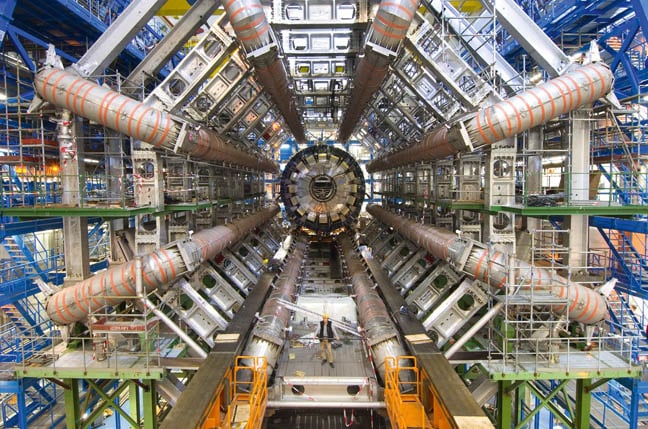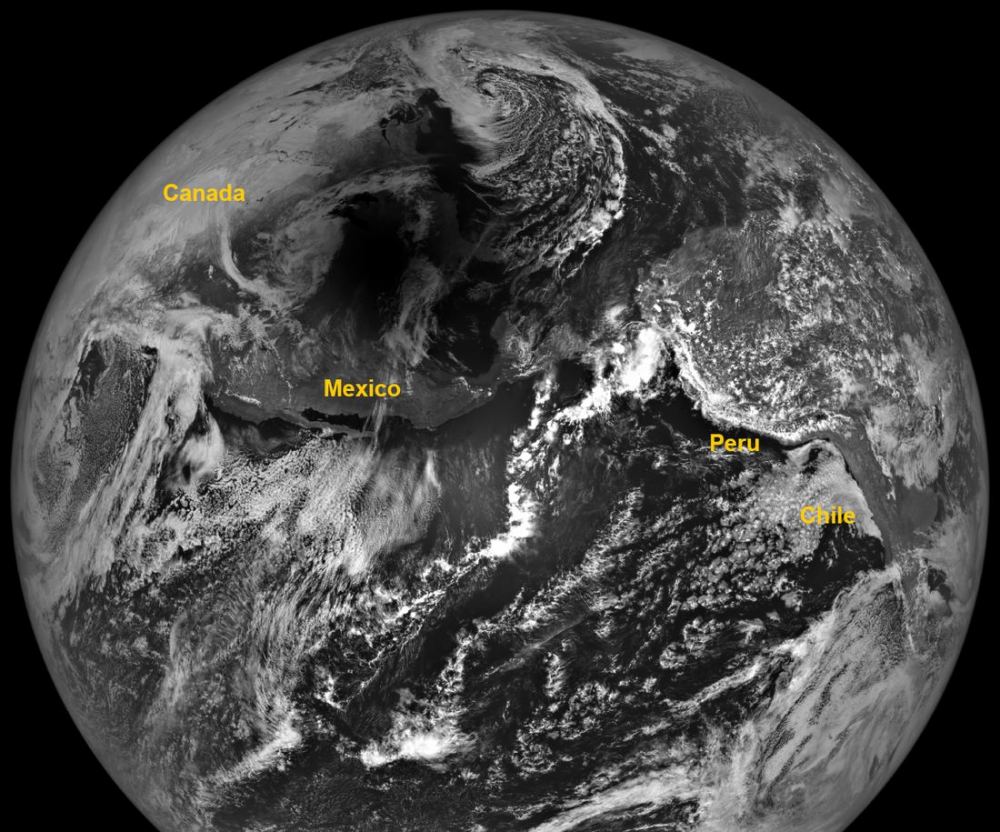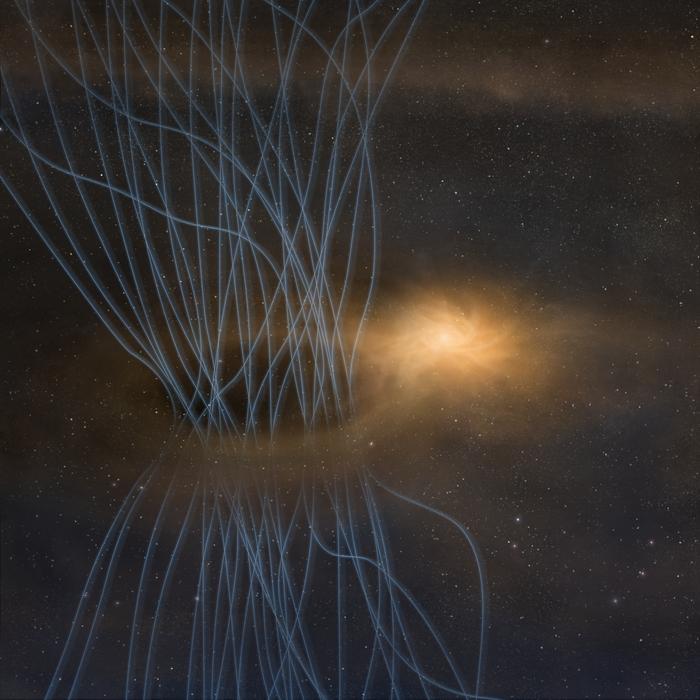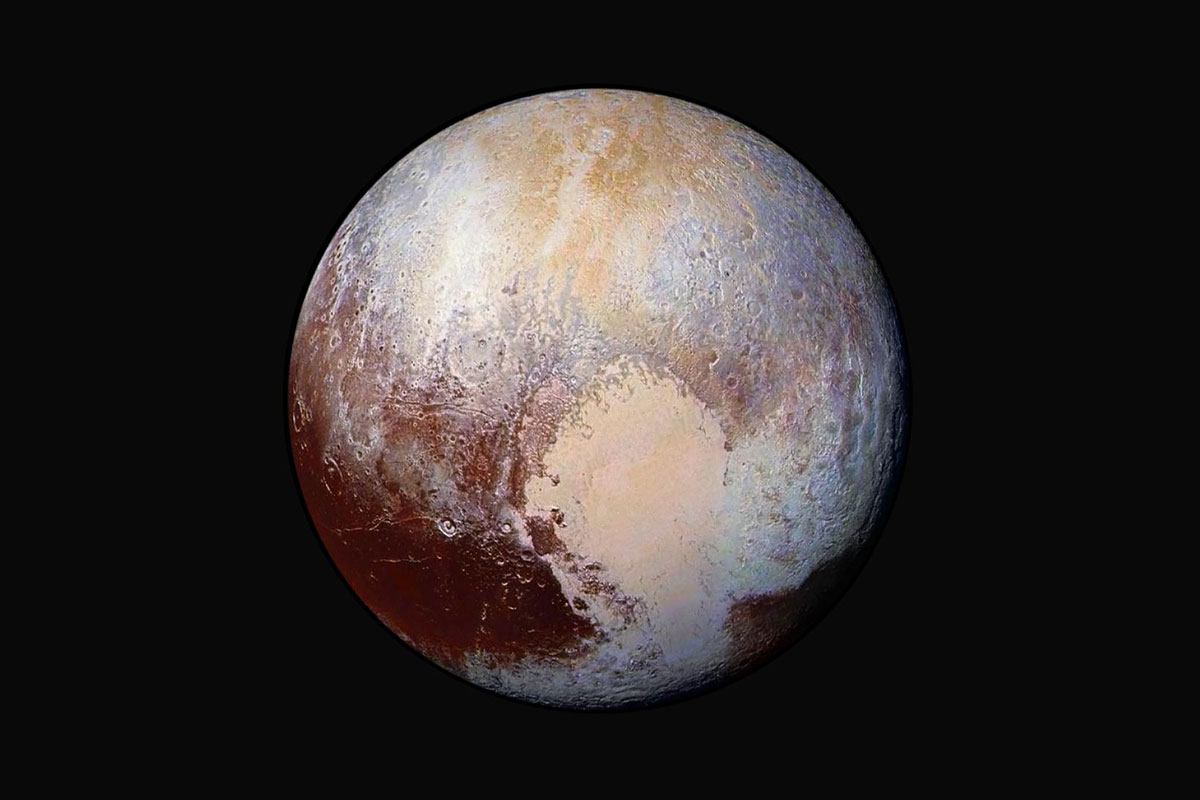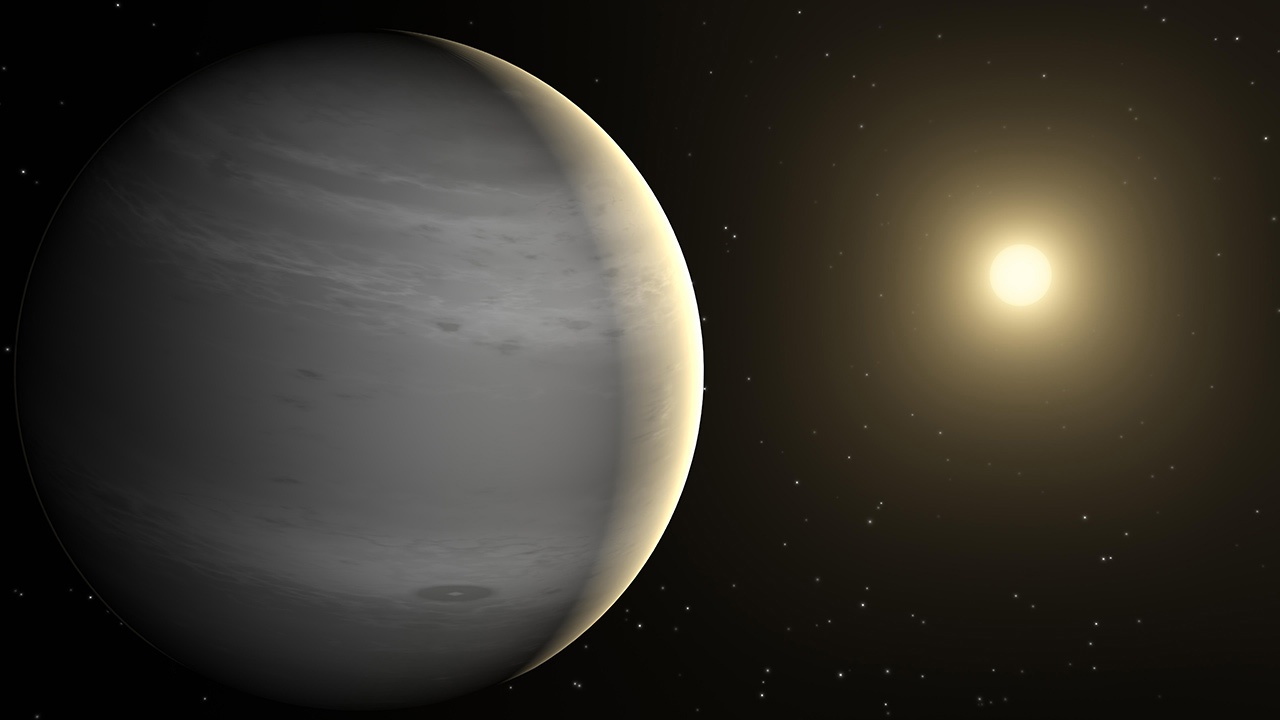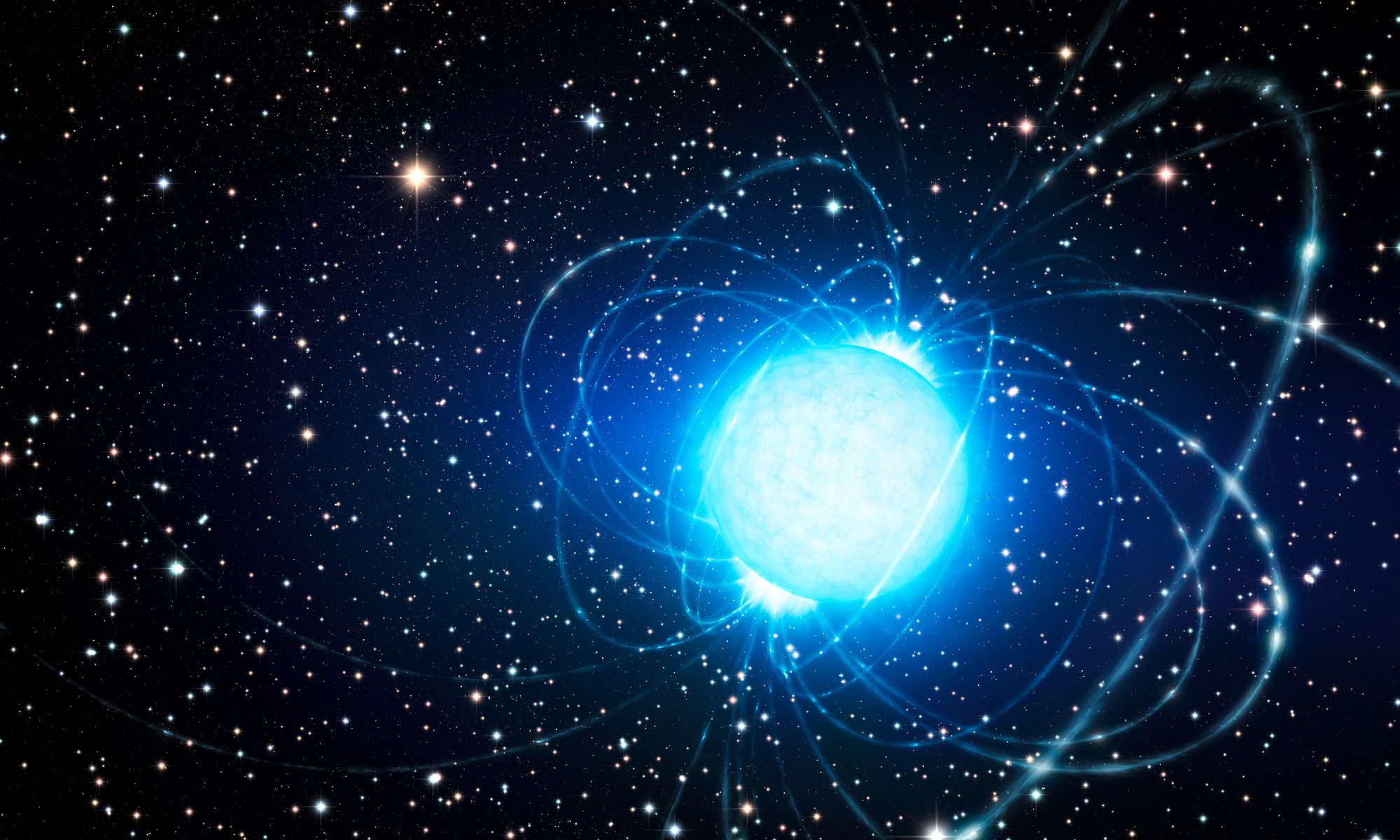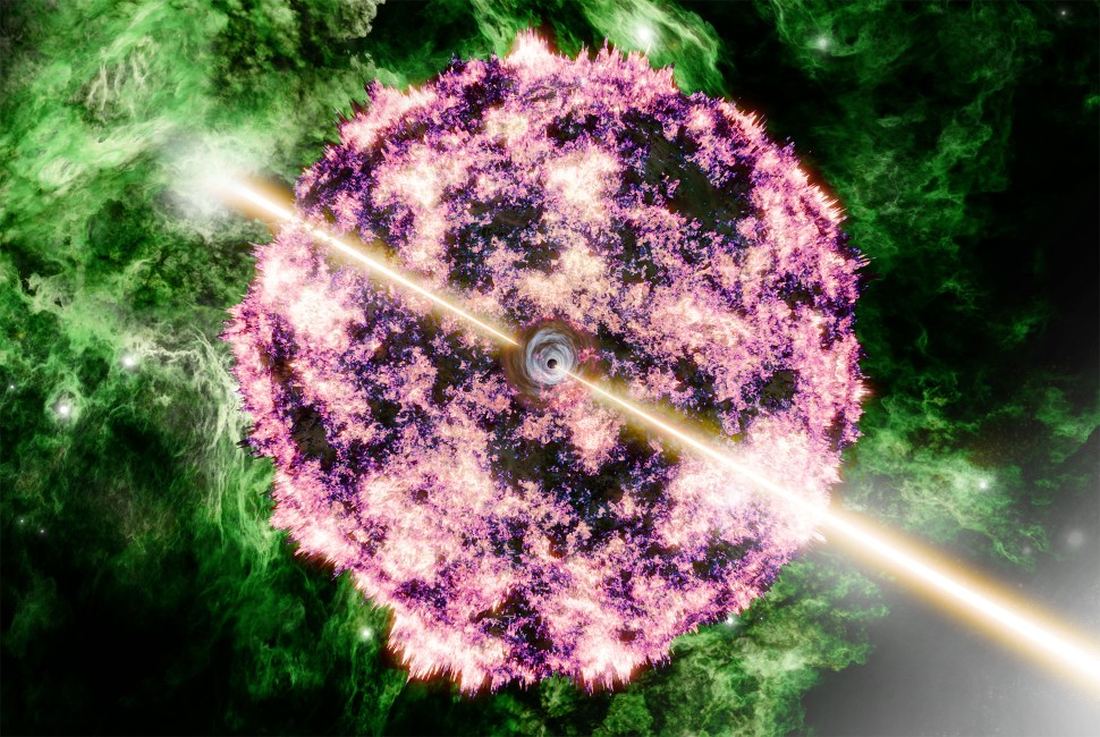It’s an exciting time for the fields of astronomy, astrophysics, and cosmology. Thanks to cutting-edge observatories, instruments, and new techniques, scientists are getting closer to experimentally verifying theories that remain largely untested. These theories address some of the most pressing questions scientists have about the Universe and the physical laws governing it – like the nature of gravity, Dark Matter, and Dark Energy. For decades, scientists have postulated that either there is additional physics at work or that our predominant cosmological model needs to be revised.
While the investigation into the existence and nature of Dark Matter and Dark Energy is ongoing, there are also attempts to resolve these mysteries with the possible existence of new physics. In a recent paper, a team of NASA researchers proposed how spacecraft could search for evidence of additional physical within our Solar Systems. This search, they argue, would be assisted by the spacecraft flying in a tetrahedral formation and using interferometers. Such a mission could help resolve a cosmological mystery that has eluded scientists for over half a century.
Continue reading “Formation-Flying Spacecraft Could Probe the Solar System for New Physics”
